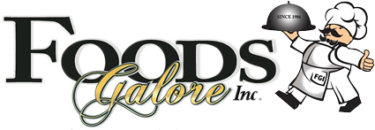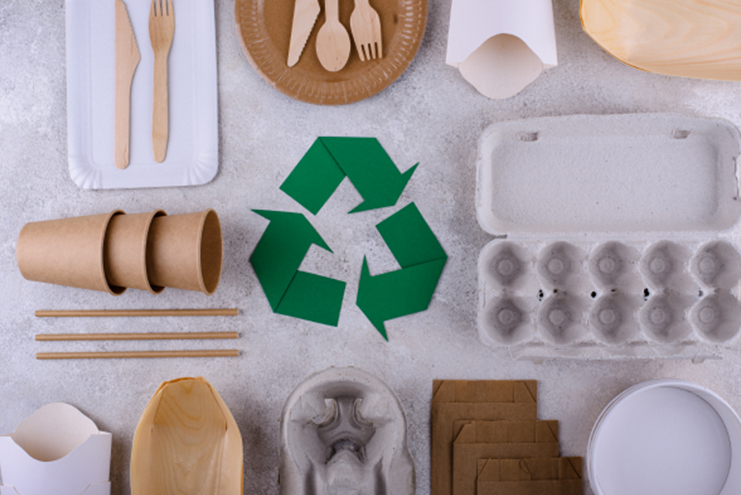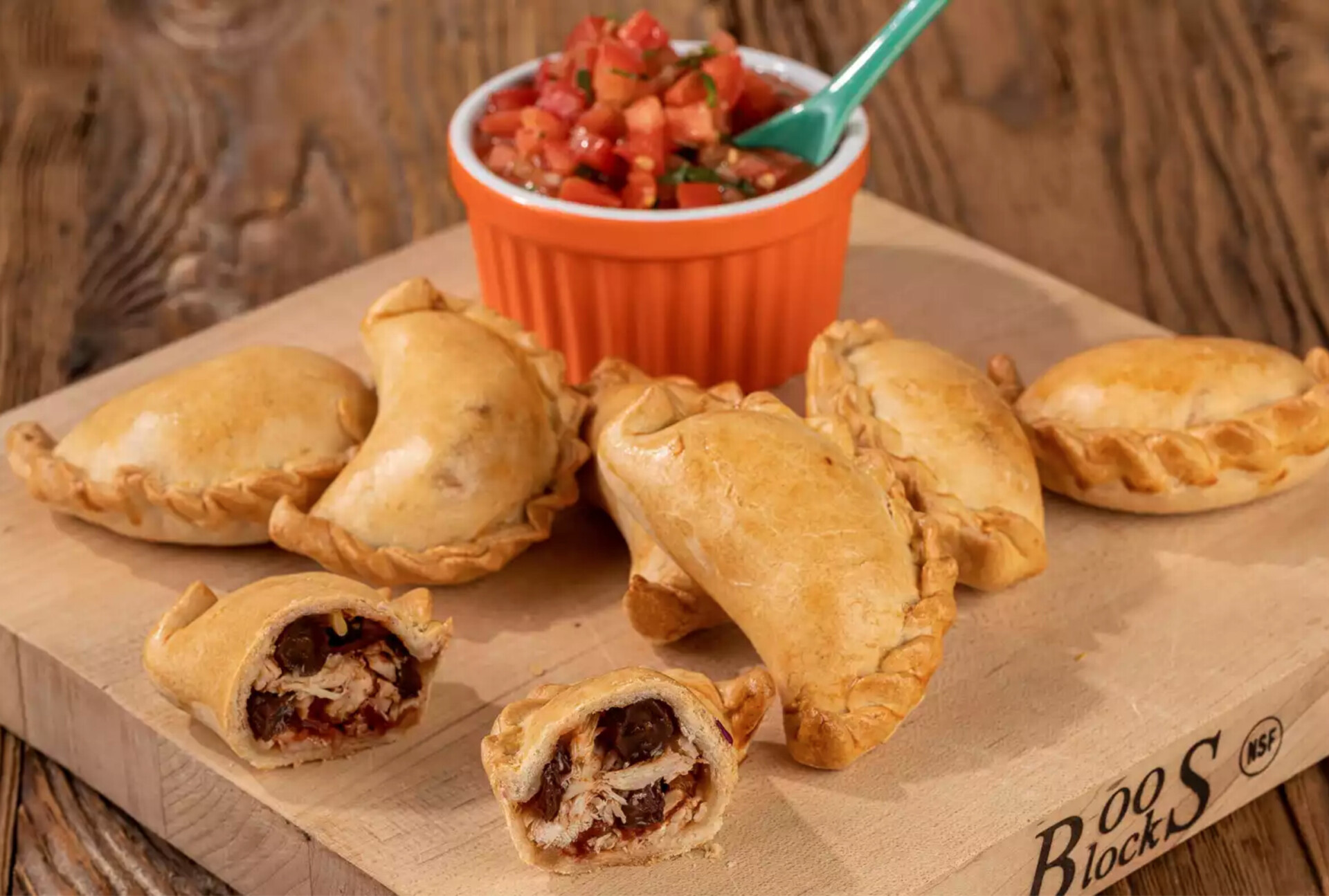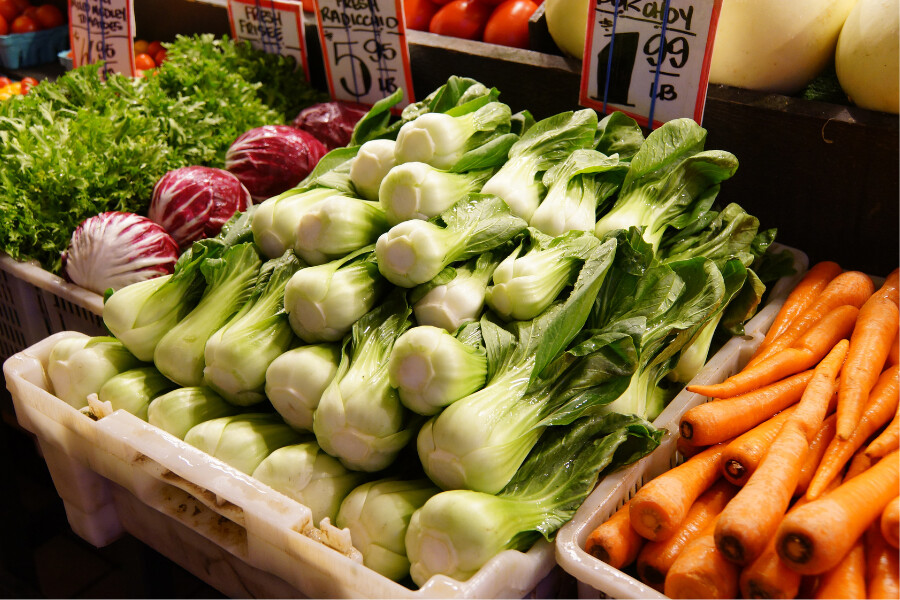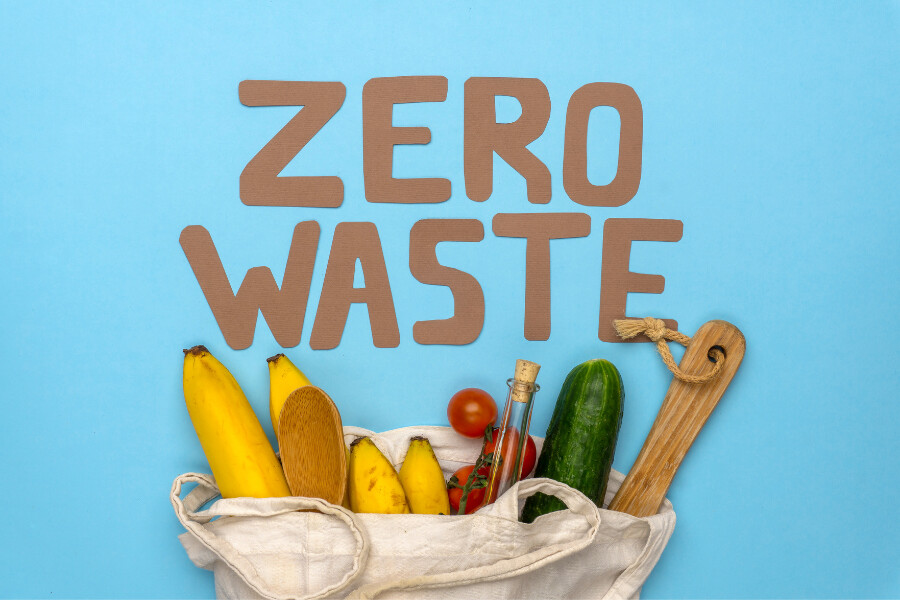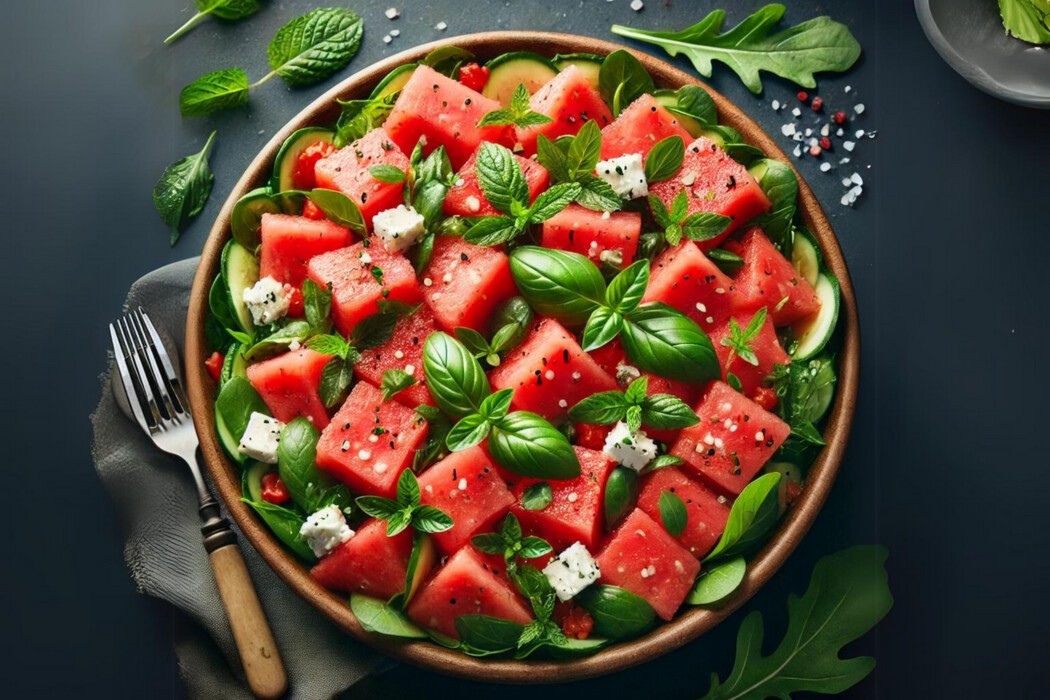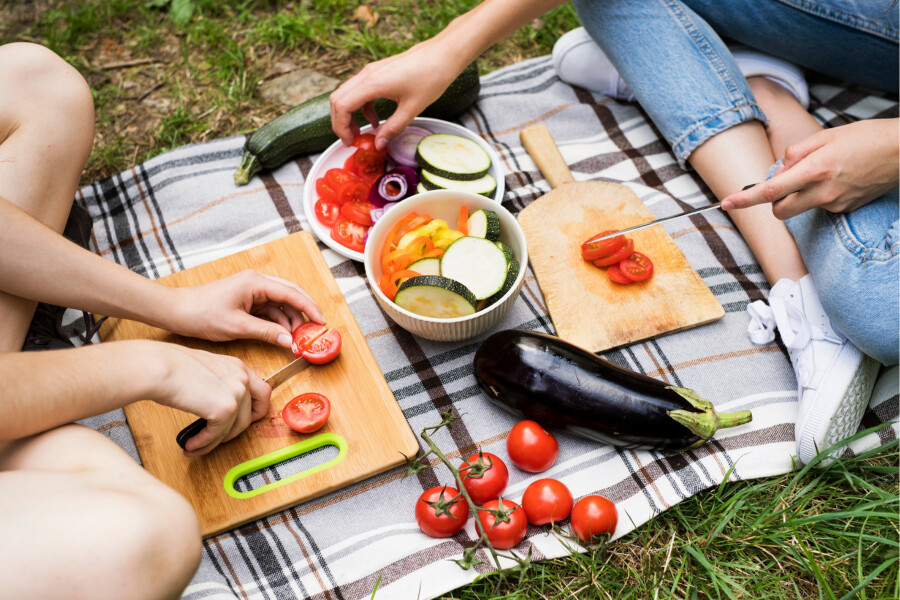Whether you’re running a cozy neighborhood burger shop or a trendy tapas bar, every food service business needs packaging products to store takeout orders and leftovers.
All those cups, boxes, bags, and other containers don’t have to end up in a landfill, though. By choosing eco-friendly or biodegradable packaging, you can serve your customers and preserve the planet at the same time. Let’s look at some of the most common types of eco-friendly packaging you can buy from your food products supplier and study the advantages and drawbacks of each one.
Paper and Cardboard
Many restaurants and cafes have started using paper and cardboard takeout containers instead of plastic ones. You can get bags, boxes, cups, wrapping sheets, and more made from these simple eco-friendly materials. Some of these products are coated with a thin layer of wax or biodegradable plastic to help them better insulate and contain the food and drink served inside them.
Paper and cardboard containers are recyclable, compostable, and inexpensive, making them a great choice for packaging most foods. However, they are far less durable than plastic containers and tend to leak when used to hold liquids, sauces, or greasy foods. Most businesses, including wholesale food distributors, reserve these packages for things like produce, baked goods, and simple meals like sandwiches.
Molded Pulp Fiber
Molded pulp fiber containers are packaging items made from molded fiber-based paste. When this paste is heated and dried, it solidifies into a cardboard-like structure. It can be made from recycled paper and cardboard materials or from natural resources that would otherwise be wasted, such as bagasse (compressed sugarcane pulp). It’s microwavable, compostable, and often recyclable.
Just like paper and cardboard, however, molded pulp fiber containers don’t always handle liquids, sauces, and grease very well. Producing these containers releases many pollutants into the environment, nullifying some of their positive impact on the planet. They’re also more expensive than many other options, leading many food distributors and other businesses to opt for cardboard instead.
Aluminum
Aluminum containers are frequently used for packaging takeout food from restaurants. These shiny boxes come with a cardboard lid that can be fixed in place by bending the metal rim over it. They’re relatively inexpensive and fully recyclable.
Aluminum containers come with a few downsides, though. They can’t be microwaved safely but can be placed into the oven. They also don’t fully seal the food inside, leading to issues with leaks and spills. Finally, mining and refining new, non-recycled aluminum uses massive amounts of energy.
PET Plastic
PET (or polyethylene terephthalate) is a type of firm yet flexible plastic often used to make jars and bottles. It’s very strong and can withstand extremely high temperatures, allowing it to hold hot foods and drinks as easily as cold ones. It’s also leak-resistant, making it popular with seafood distributors and other businesses that sell raw foods.
PET takes a relatively small amount of energy to produce and can be fully recycled after use. It’s one of the most environmentally friendly forms of plastic packaging available. Since it can’t break down naturally, though, it’s not considered fully green.
PLA Plastic
PLA (or polylactic acid) plastic made from plant-based sources – usually fermented corn sugars. It’s most often used for 3D printing but is also occasionally used to make food containers. Since it’s made almost entirely from renewable resources, it’s a greener alternative to fully synthetic plastics.
Unfortunately, PLA plastic is not compostable. It also has a lower melting point than most other plastics. This means that while it can be recycled, it must be processed separately from those other plastics. Since most municipalities don’t have the funds to invest in separate processing lines, many of them don’t accept PLA plastic at their recycling facilities.
If you’re going to serve food in these containers, consider partnering with a local 3D printing group that will accept the empty containers for reprocessing. This will give your customers an easy way to keep their containers out of landfills if that matters to them.
Mineral-Filled Polypropylene
Mineral-filled polypropylene is an alternative to standard polypropylene plastic that substitutes some of the plastic material with natural minerals. This allows packaging made from this highly durable material to be manufactured with significantly less non-renewable plastic. It can also be recycled when customers no longer need it.
However, the recycling process is not easy. Mineral-filled polypropylene must be sorted by color, cleaned, melted down, and reprocessed into its new form. All these extra steps make it expensive and time-consuming. Not all municipalities accept it as part of their recycling program. It also can’t be composted.
For Greener Packaging, Shop Foods Galore
If you’re interested in adopting more eco-friendly packaging at your food service business, Foods Galore has you covered. Our range of food service containers includes many environmentally friendly options that you can feel good about using every day. Contact us today to learn more about what’s available or to request a specific type of packaging that’s caught your eye.
